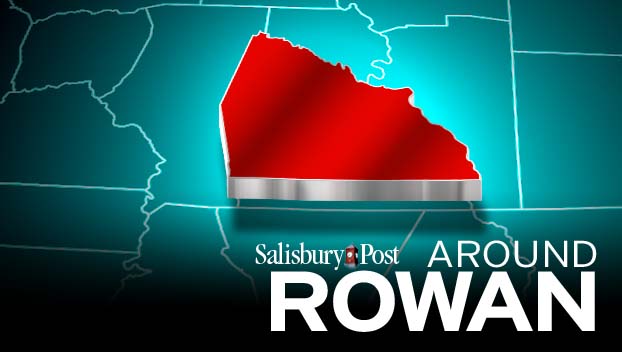Improvements underway on St. Peters Church Road, still no widening plans in place
Published 12:00 am Wednesday, March 10, 2021
ROCKWELL — Work has begun to repair damages on St. Peters Church Road, but a long-term solution to help some of those who live along the narrow, rural road appear to still be far off.
Pat Ivey, division engineer for Highway Division 9 of the North Carolina Department of Transportation, said crews are already filling potholes and repairing broken edges of the road and that more work is expected in the coming months.
“Our local maintenance office has actually begun the process of doing all the patchwork on the road needed on the re-treatment program that will be done later this summer,” Ivey said.
Ivey said the re-treatment process will include putting down and compacting multiple layers of asphalt and stone, essentially replenishing the road’s current asphalt.
Potholes and broken edges are among the complaints that Joy Burleson wrote about recently in a letter published by the Post. Burleson said she would also like see the road completely repaved instead of simply re-treated. The patchwork and re-treatment process may fix those problems for the time being, but it won’t address one of her larger concerns: the road’s width.
“The road is really narrow,” said Burleson, who has lived along St. Peters Church Road for over a decade. “It needs to be widened. There’s lots of 18-wheelers and traffic on it.”
Widening the 16-foot-wide road, Ivey said, likely won’t happen in the foreseeable future.
Although roads are required to be at least 20 feet wide by today’s standards, St. Peters Church Road was built at a time when 16-foot wide roads were common.
“We have many, many of those old 16-foot roads that were built before the 1950s, which was acceptable back then,” Ivey said. “As traffic volumes have increased, 16 feet is no longer adequate.”
Ivey said that the NCDOT agrees that St. Peters Church Road needs to be widened, but a lack of funding makes that impossible.
Although an assessment hasn’t been done on what it would cost to widen St. Peters Church Road, Ivey estimated that it would be several hundred thousand dollars.
“It’s not as simple as going out there and widening the pavement,” Ivey said. “On most of these roads, we have very little shoulder, and in order to widen the road we have to move the ditch lines back, move the utilities, move driveway pipes back, fences and things like that and acquire right of way from each of the property owners. That is where the cost comes in.”
The funding to pay those costs, Ivey said, went away with the passage of House Bill 817 in 2013. The legislation replaced NCDOT’s secondary paved road program with the secondary unpaved road program. Since St. Peters Church Road is paved, it does not qualify for funding for improvement projects under that program.
“There is no local funding source to do the widening on those roads,” Ivey said.
That led to a lack of funding for the department to maintain paved secondary roads, most of which are in rural areas. A 2019 report from the Insurance Institute for Highway Safety ranked North Carolina 49th for its rural crash fatality rate.
Burleson said she believes the current state of St. Peters Church Road, including its width and the number of potholes, make it a safety hazard. She said cars sometimes have to pull off to the side and wait for trucks to go by because of how narrow it is.
Burleson’s husband, Tony, said potholes on the road make it dangerous for motorcycle riders like himself.
Joy and Tony began collecting names for a petition to have improvements be made to the road. But because going door to door collecting signatures isn’t conducive during a pandemic, the couple has currently paused that effort.
Ivey said roads like St. Peters Church Road can be submitted for prioritization and funding consideration in the division needs category under the Strategic Transportation and Investments law. In Rowan County, those requests are submitted to the Cabarrus Rowan Metropolitan Planning Organization, which is made up of locally elected representatives.






